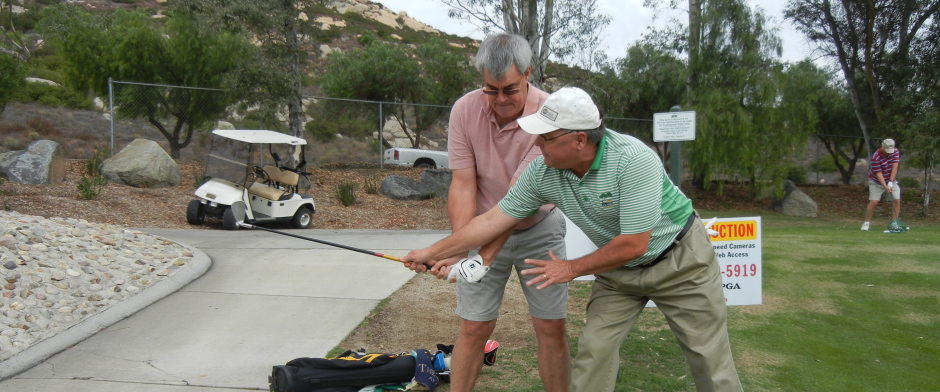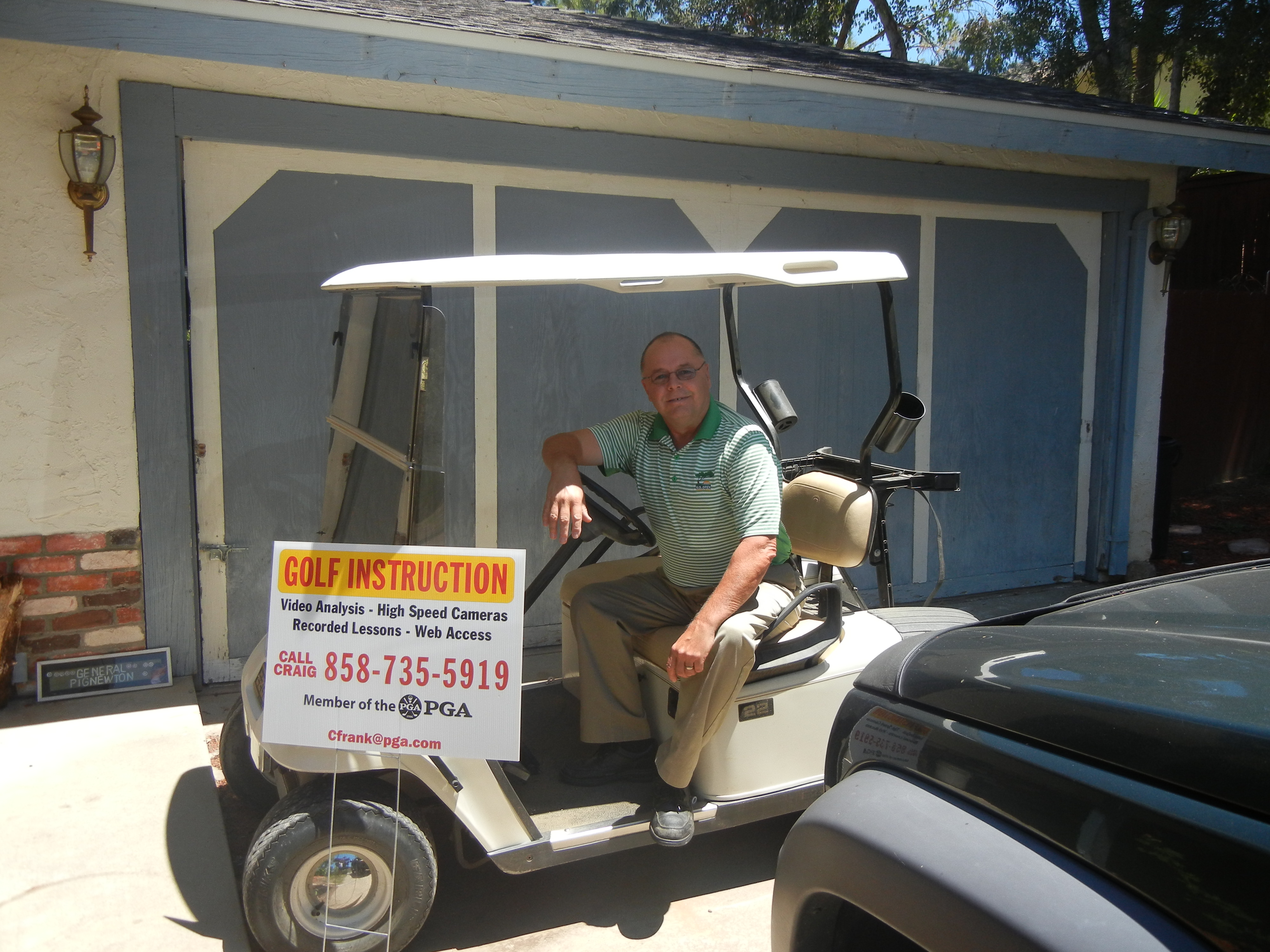Today we are going to discuss some of the changes in irons over the years for the second part of “Are you in the market for new clubs”.
One of the biggest changes is the cavity backed irons. These have made the game a lot easier. The sweet spot is more the size of a quarter now rather than the old blade style heads with a sweet spot the size of a dime. Also with many of today’s clubs having a lower center of gravity getting them airborne easier is another advantage. And with the choices in shafts today many other refinements come into play such as launch angle, flight, spin ability, etc.
But most students are looking for the same thing to begin with as the driver – and that is more distance. This is where picking out clubs can get confusing. First of all the loft of the club is one of the main factors in distance. Obviously if you are hitting a 5 iron you would hit it farther than a 7 iron… Not necessarily now days. You see there is no standardization in the industry to just what a loft should be with each corresponding club number. Years ago the average loft of a 7 iron was around 36 degrees. Now it is whatever the club manufacturers want it to be. In a comparison the Titleist AP 2 has a 7 iron loft of 35 degrees. The TaylorMade Rockedbladez 7 iron has a loft of 30.5. This isn’t exactly comparing apples to apples. With clubs averaging a difference of 4 degrees between each club this is a 1 ½ club difference. No wonder they advertise as being the longest hitting club out there.
Now it may be a great feeling when all your playing partners are bringing out 5 irons to a par three and you dial it in with a 7 iron, and great to brag back at the clubhouse, but the disadvantages can be several. For one when we get down to the 3 and 4 irons it is like hitting the old 1 and 2 irons in these “stronger lofted” sets. These are best left to the really low handicap player. Also with the lower clubs they may actually match the lofts of your 5 woods and many hybrids making it a waste to carry 3 clubs that all hit the ball the same distance. The other disadvantage is with the lower loft pitching wedges that come with the set. You can have a huge difference between the average 56 degree sand wedge and (click on the graph below) a 42 degree pitching. That is 14 degrees difference. You want to keep your wedges around 4 degrees apart…and 3 gap wedges is a waste.
So when you go try out new clubs make sure you are comparing lofts, not club numbers. A little research on-line will give you the information you need. The chart above is a good place to start.
Later we will talk some about shafts and how they affect the ball flight as well.


